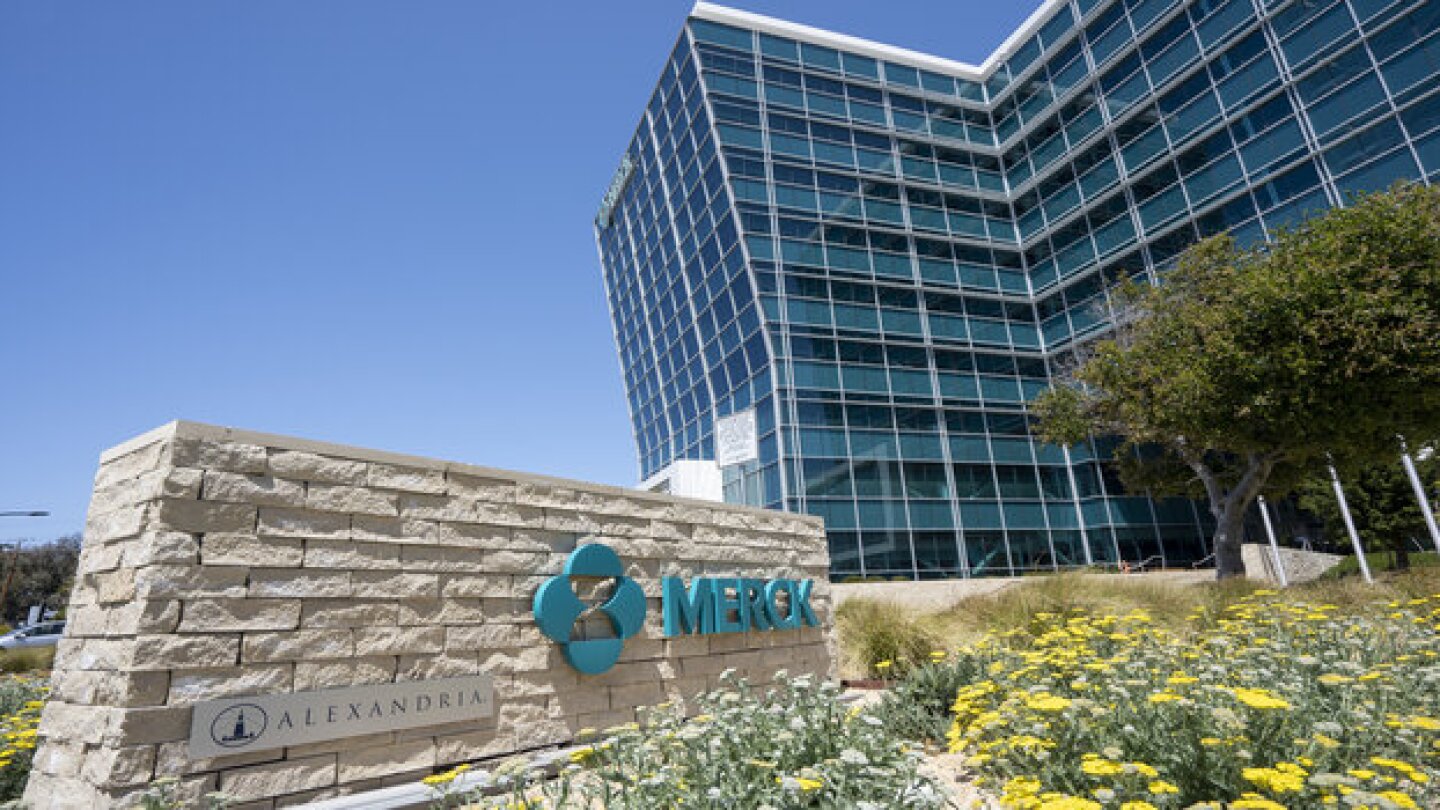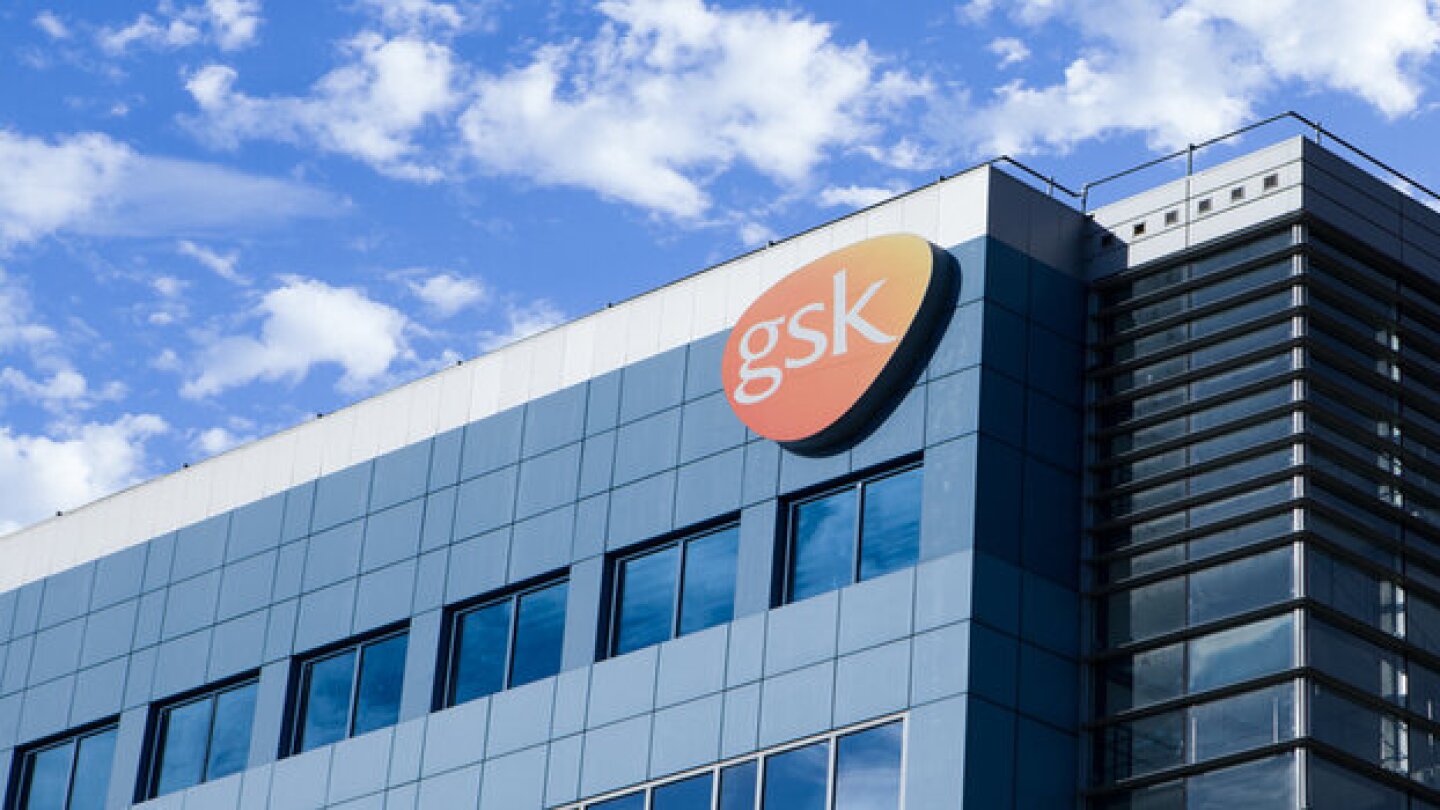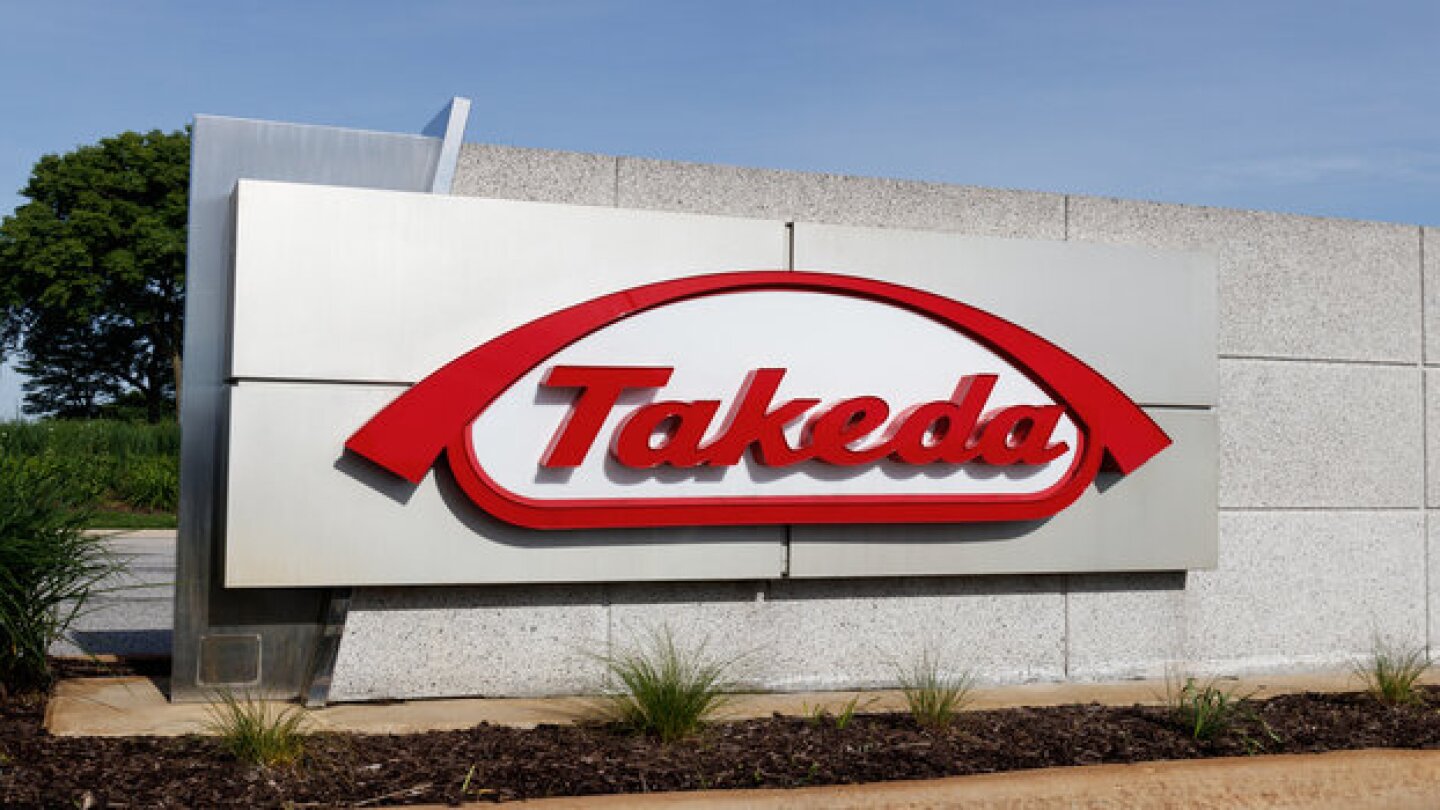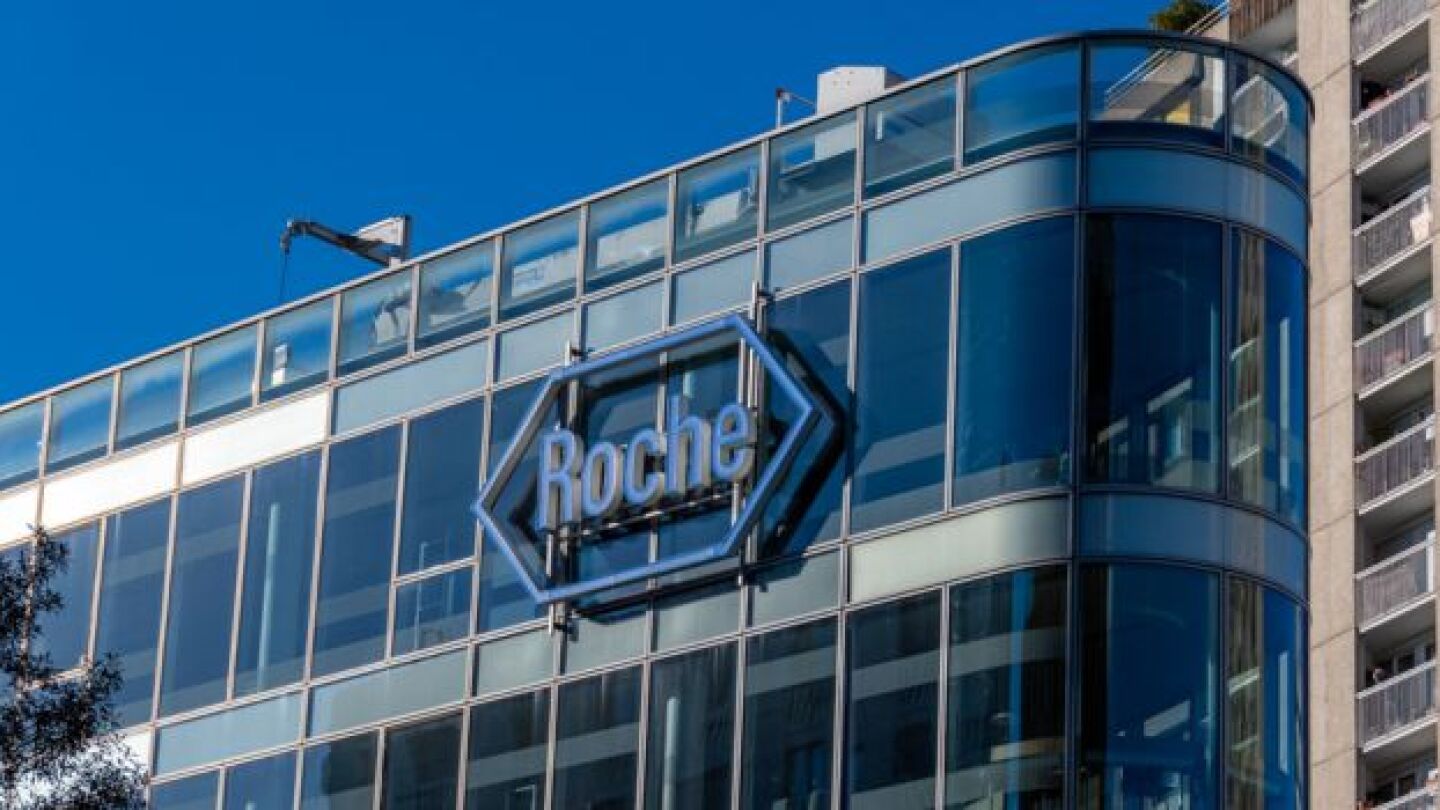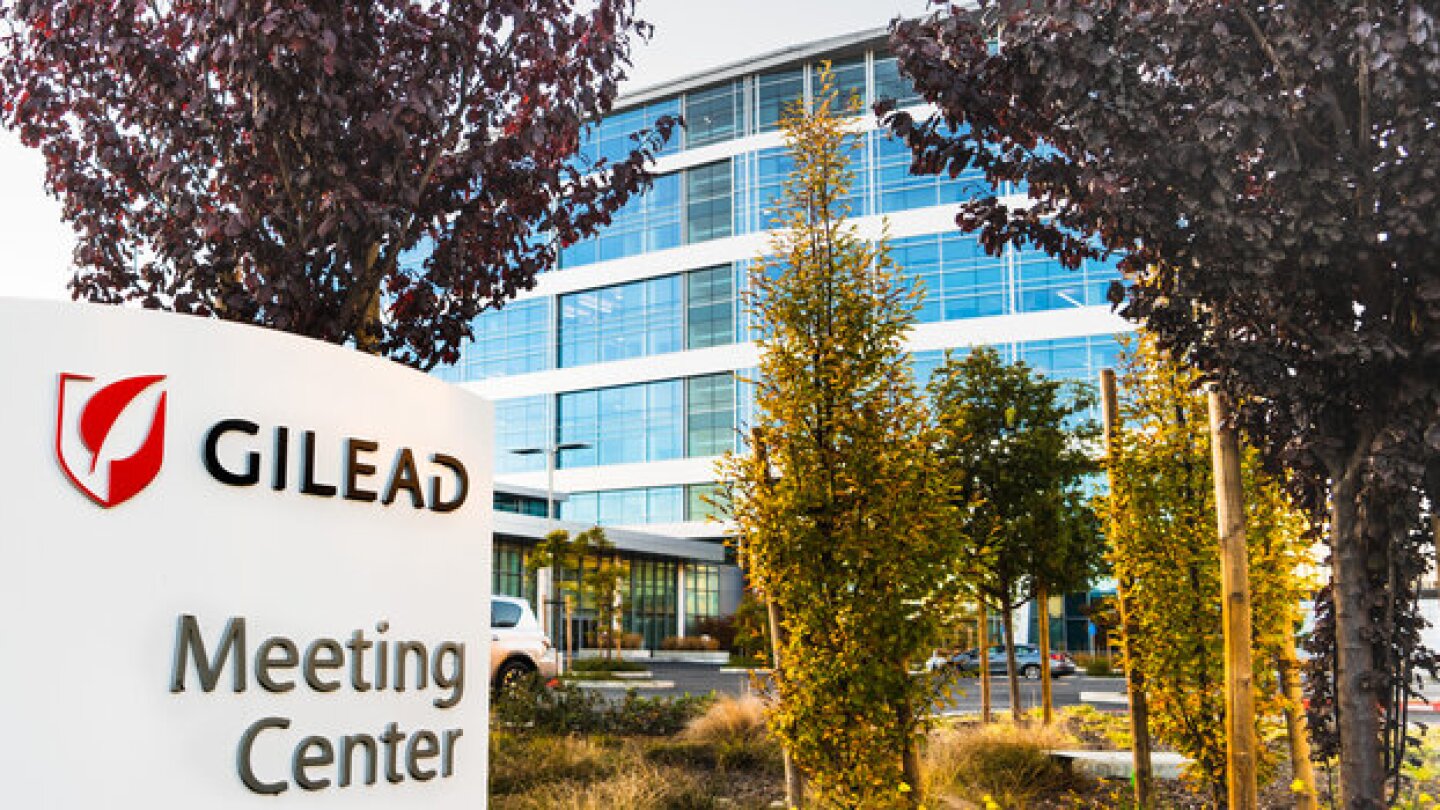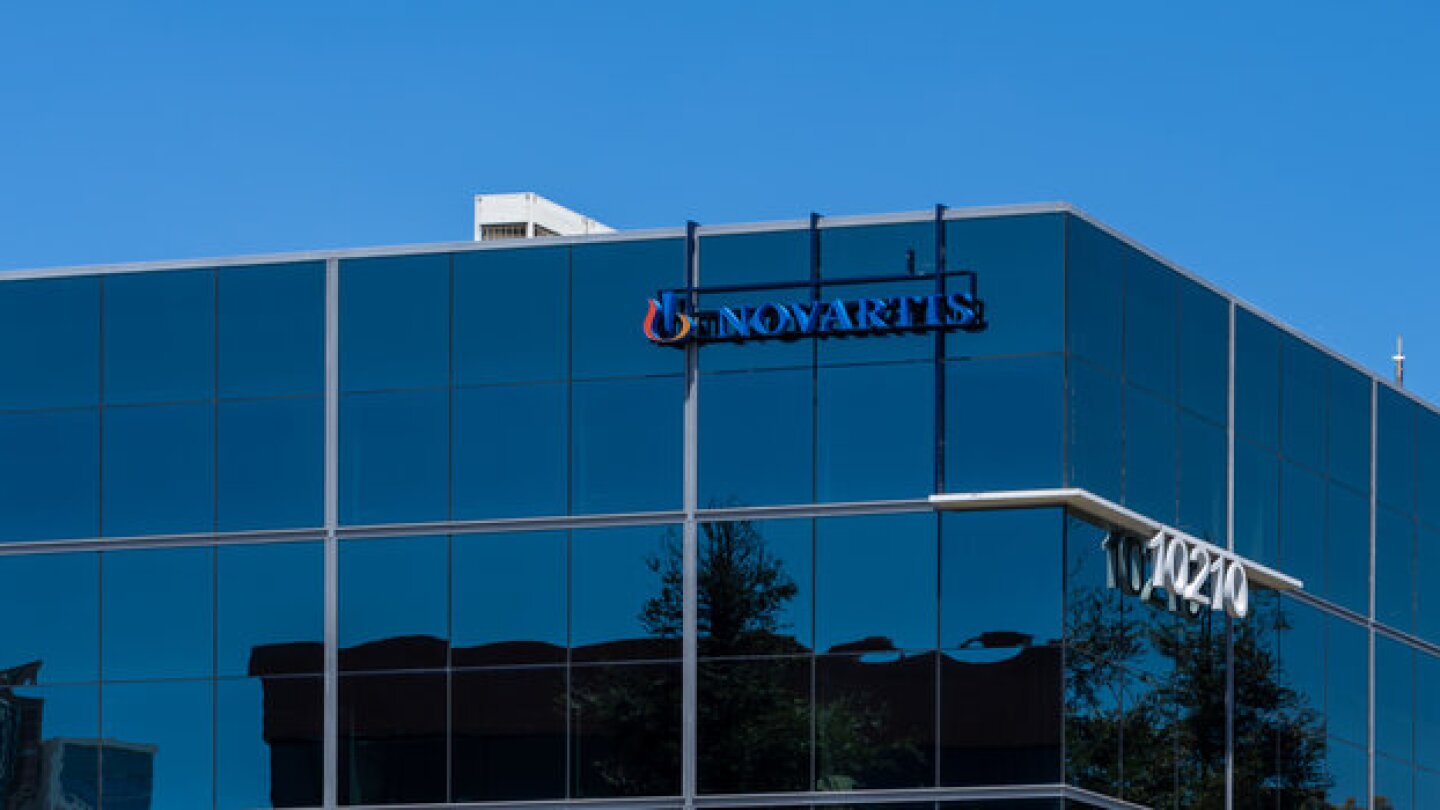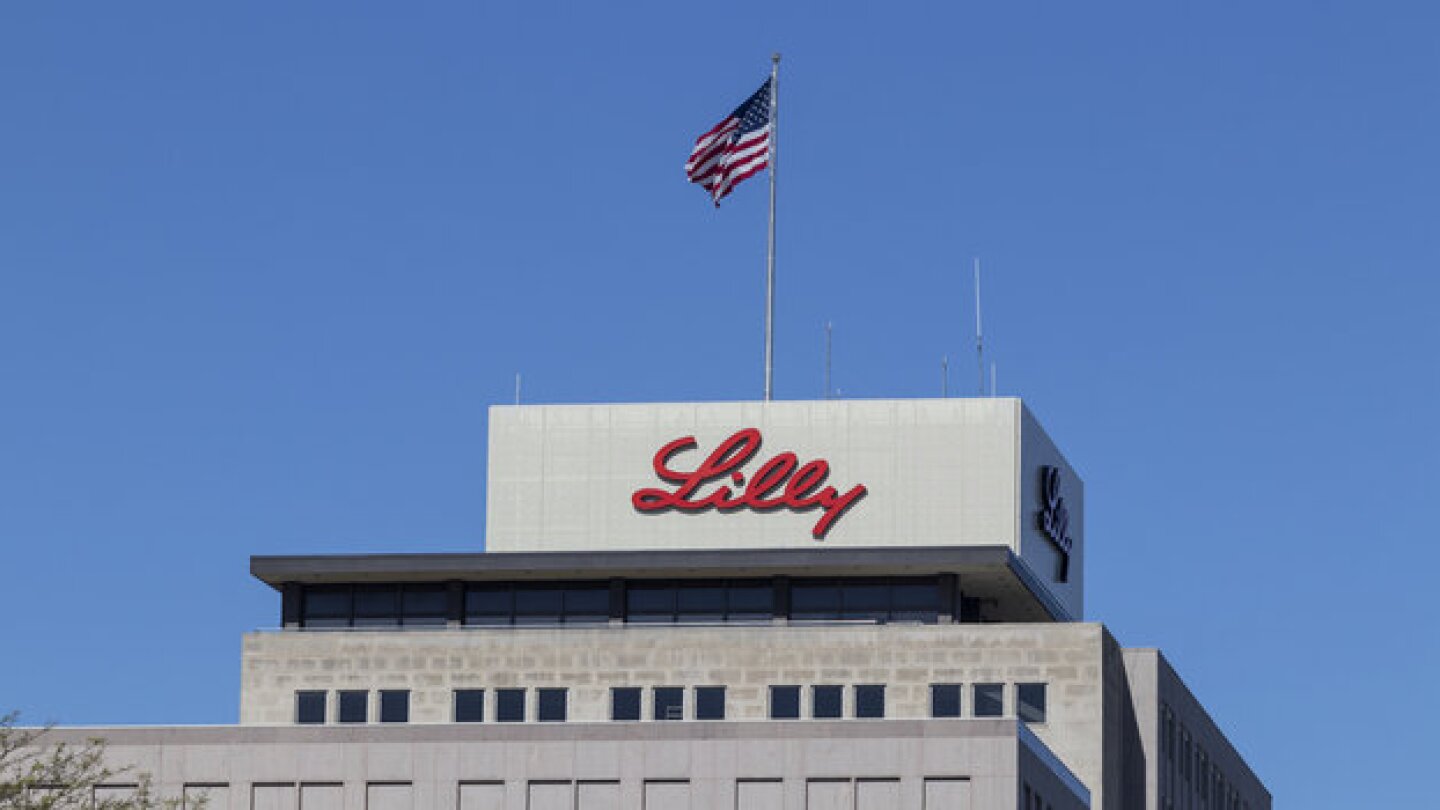Collaboration
The Hansoh deal will let Merck compete in the crowded oral GLP-1 space alongside fellow pharma giants Eli Lilly, Novo Nordisk and Roche.
Bristol Myers Squibb aims to generate around $1.5 billion in savings through 2025—a goal that it hopes to reach by lowering third-party expenditures, focusing only on key growth brands and cutting some 2,200 jobs by year-end.
The Muna partnership will give GSK access to Muna’s MiND-MAP platform, which it will apply to postmortem brain samples to identify potential therapeutic targets for Alzheimer’s disease.
One year after a potential $1.7 billion deal with Hansoh Pharma, GSK goes back to China to forge another alliance with DualityBio for another deal that could be worth up to $1 billion as it continues to build up its ADC portfolio.
Keros’ elritercept has shown promising efficacy signals in myelofibrosis and myelodysplastic syndromes and could pose a formidable challenge to Bristol Myers Squibb’s Reblozyl.
The collaboration will see COUR and Roche’s Genentech leverage the biotech’s antigen-specific immune tolerance platform to develop and commercialize therapies for an undisclosed autoimmune disease.
The deal with Tubulis will help Gilead regain its footing in the ADC space following the withdrawal of Trodelvy in bladder cancer and its late-stage fail in NSCLC.
Monday’s agreement comes days after PTC discontinued the development of another asset, utreloxastat, due to disappointing Phase II data in amyotrophic lateral sclerosis.
With Elevidys expansion in hand, Sarepta commits up to $10 billion to develop short interfering RNA–based drugs to build out its pipeline.
Eli Lilly will provide the funding and expertise to advance Laekna’s LAE102, a first-in-class monoclonal antibody targeting the activin type IIA receptor to induce weight loss and boost muscle mass.
PRESS RELEASES

